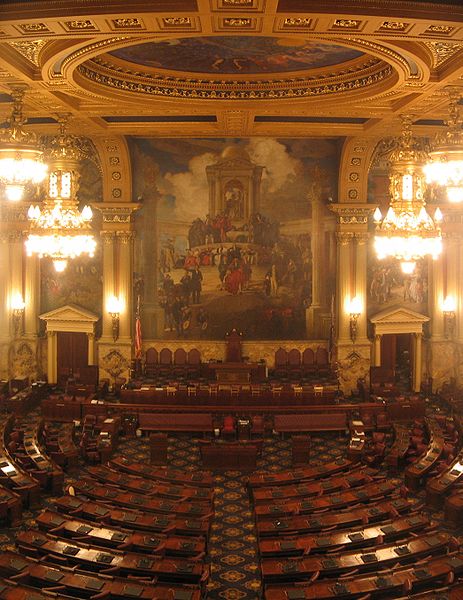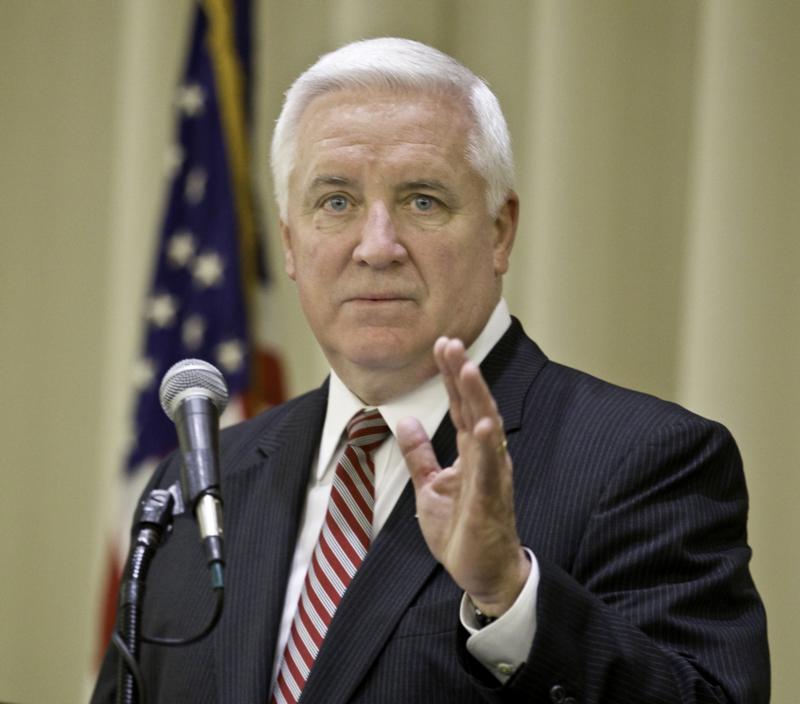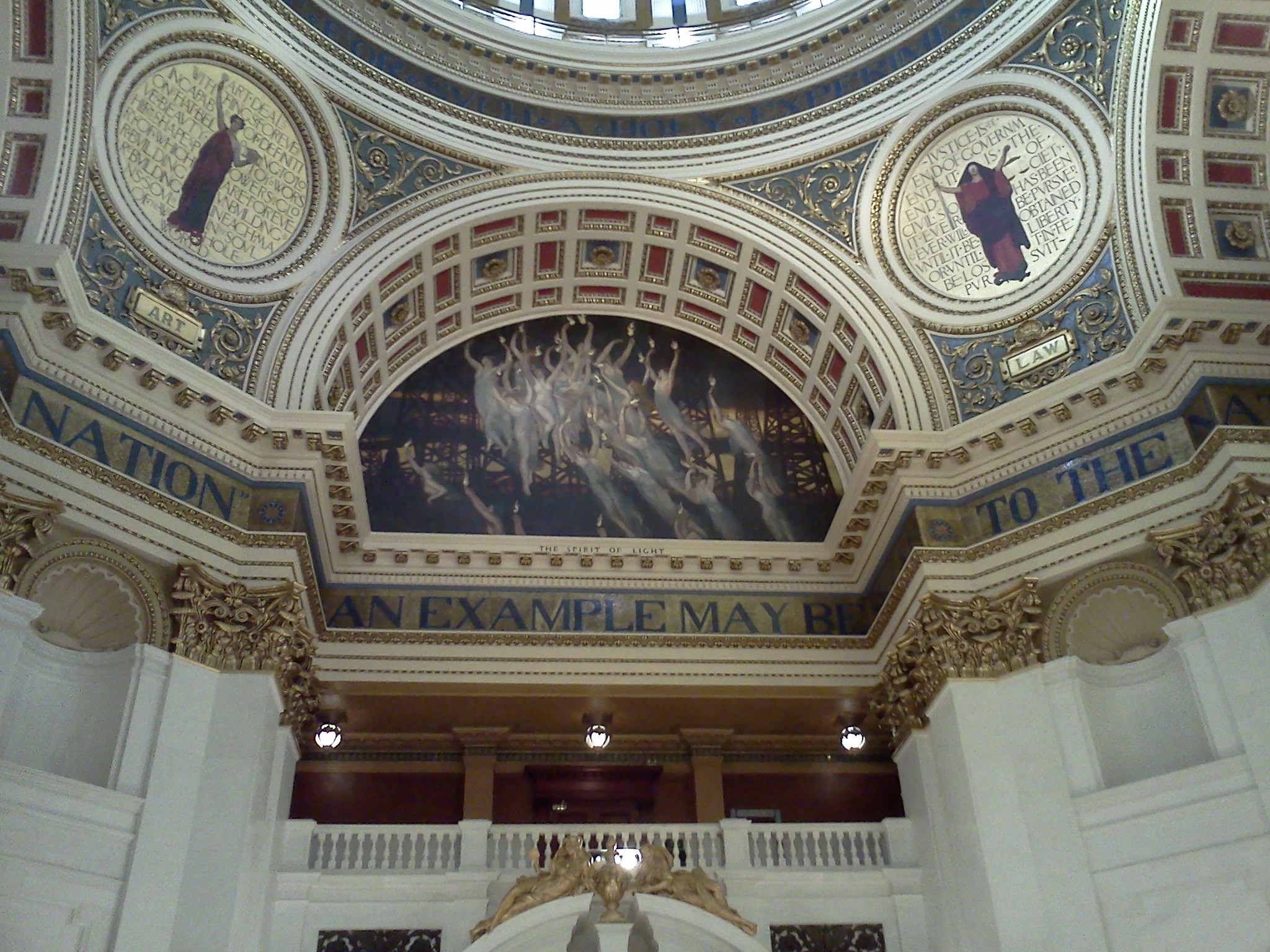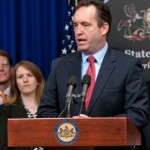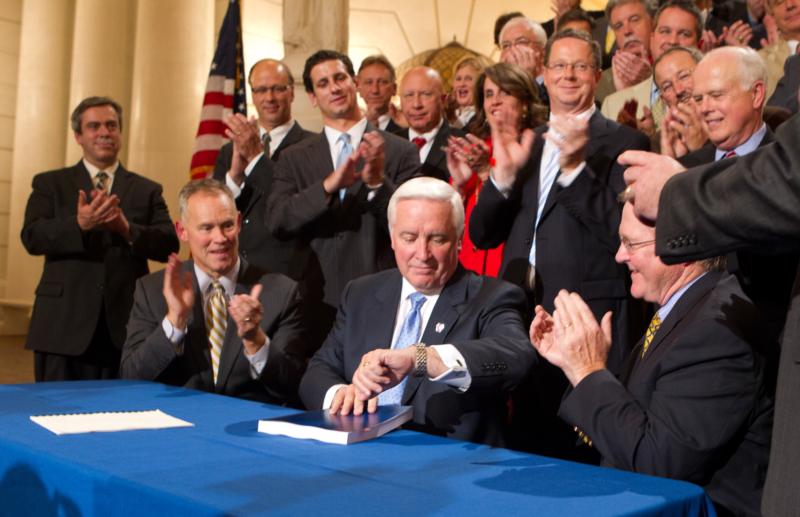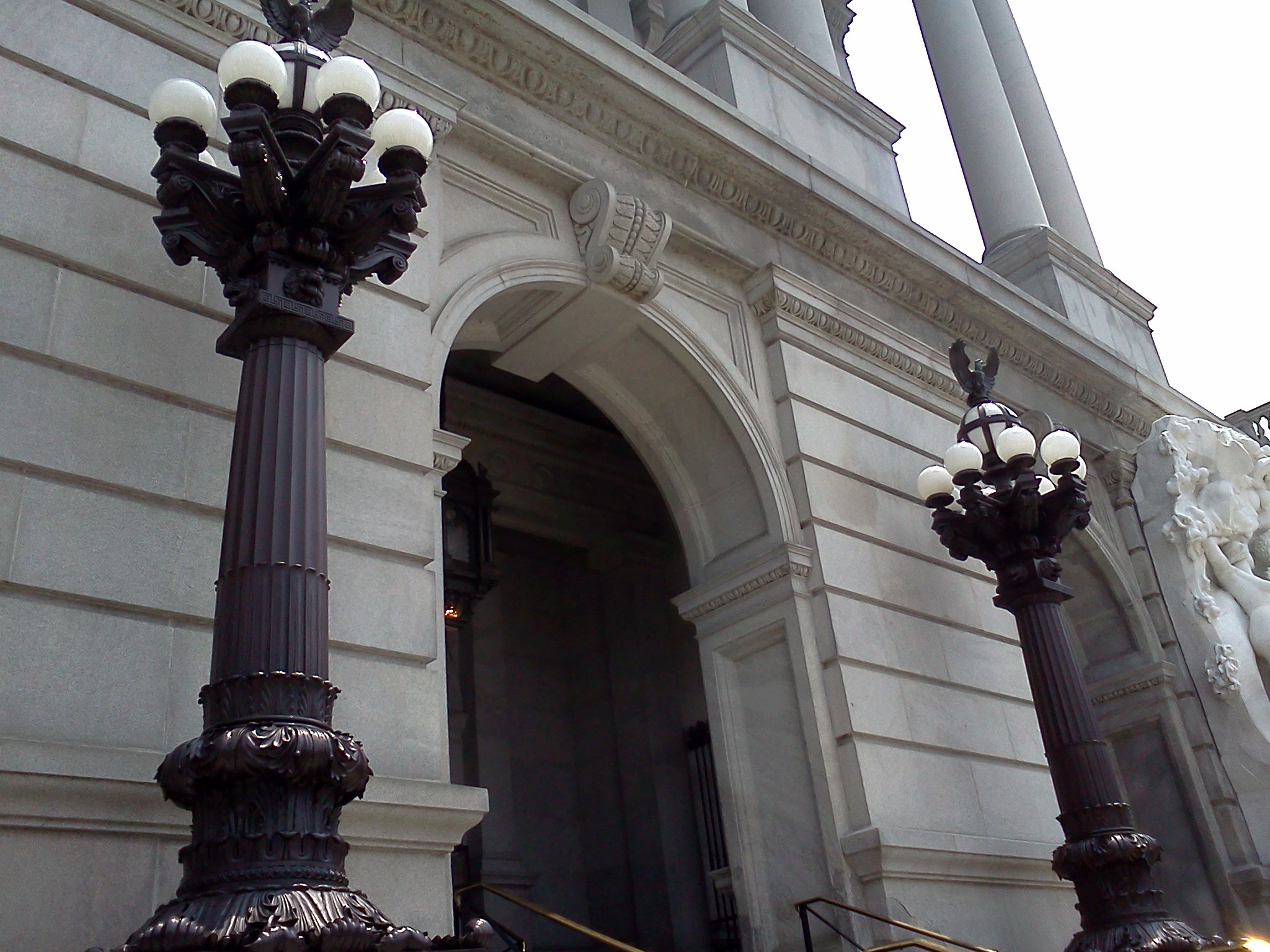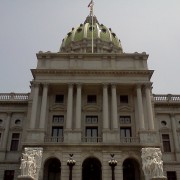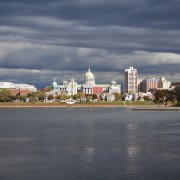House Democratic Policy Committee Holds Hearings on Budget Impact
The House Democratic Policy Committee has been holding a series of hearings on the impact of the new state budget. At a hearing Wednesday, Brinda Carroll Penyak, deputy executive director of the County Commissioners Association of Pennsylvania, told the Committee that cuts in funding for mandated programs will mean some tough choices.
Penyak says counties have less desire to raise property taxes than anyone, it’s not something they do freely, and they’re very concerned with how some of the impacts will have to be dealt with locally. She says when mandate lines get cut; anything that might be considered preventative or optional can go by the wayside pretty quickly. She says child welfare funding was reduced by 45 million dollars.
Penyak says cuts in funding for mandated programs have a ripple effect. She says these are not services you can decide not to offer, you can’t put abused kids on a waiting list. She says the ability to provide the service has to come first.
Penyak says the budget also cut funding for the Human Services Development Fund, and it’s now about 70% below what it was a few years ago. She says in a lot of cases, that money is used to pay for things that actually prevent more costly situations from occurring.
Penyak says counties have been getting less and less money for 9 years now. A lot of them have made significant changes and have tightened their belts as much as they can.


